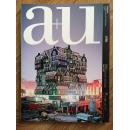
a+u 日文原版12:01(496)Architecture in the Netherlands 2000‐2011
¥ 230 全新
仅1件
作者a+u
出版社日本新建筑杂志社
出版时间2012-01
版次一版一印
印刷时间2012-01
装帧平装
开本16开
上书时间2015-01-17
- 在售商品 暂无
- 平均发货时间 11小时
- 好评率 暂无
- 店主推荐
- 最新上架
商品详情
- 品相描述:全新
- 全新
- 商品描述
-
Contents
Feature:
Architecture in the Netherlands 2000‐2011
This issue features architecture mainly completed in the Netherlands from 2000 to 2011 and trends in the architecture of the Netherlands over the past 10 years. The works in this issue were selected by guest editor Ole Bouman, Director of the Netherlands Architecture Institute (NAi), and the NAi editorial team (Bouman, Chris Luth and Marten Kuijpers). In addition to the 30 featured works, 100 works are listed and indicated on the maps at the front of the issue.
Architecture designed by Dutch firms such as OMA and MVRDV has appeared frequently in the architectural media since the 1980s. Phrases like programmatic and SuperDutch have dominated the discussion and served as watchwords for new design methods. At that time, there was probably no other movement that exerted such a strong influence on architectural students and young architects.
So what is the state of Dutch architecture recently? We visited NAi in Rotterdam in the summer of 2011. From the meeting space in the NAi building, located in the museum park, a few high-rise buildings under construction and a couple of cranes could be seen. Ole Bouman said, Once these buildings have been completed, we will probably not be seeing new cranes for a while, explaining the effect of the global financial crisis on architecture in the Netherlands. But, he continued, That is why something interesting has happened.
The works in this issue were classified into three categories: architecture aiming at an emotional or intellectual response; architecture focusing on craftsmanship and precision; and performative architecture. The editorial team calls the third architecture of consequence and portrays its practitioners as urban activists. Henk WJ Ovink explains in his essay that alliances with politics, development, investment, and education are essential. It seems that architects in the Netherlands have started something new again, expanding the role of architects and opening up new possibilities.
We would like to express our special thanks to the NAi editorial team, the authors of the articles, and all of the architects who contributed to this issue.(a+u)
Maps of the Netherlands
100 Selected Works in the Netherlands 20002011
Essay:
Dutch Architecture at the Crossroads
Ole Bouman
1. Architecture of Affect
WAM architecten, Inntel Hotels Amsterdam-Zaandam
Koen van Velsen, Rehabilitation Clinic Groot Klimmendaal
Geurst & Schulze Architecten, Le Medi
Meyer en Van Schooten Architects (MVSA), La Grande Cour
Neutelings Riedijk Architecten, Netherlands Institute for Sound and Vision
Dick van Gameren and Bjarne Mastenbroek, Royal Netherlands Embassy
ONL, Hessing Cockpit
Liesbeth van der Pol, Dok Architecten, WKK Energy Plant
Soeters Van Eldonk Architecten, Castle Lelinhuyze
Wiel Arets, University Library, Utrecht
OMA, Souterrain Tram Tunnel
NL Architects, The BasketBar
Rob KrierChristoph KohlArchitekten, De Resident
MVRDV, Hageneiland
Essay:
Architecture Education: The Delft Perspective
Karin Laglas and Dick van Gameren
2. Architecture of Autonomy
Biq Stadsontwerp, Knikflats
Atelier Kempe Thill, Hiphouse
Khne & Co, Office and Architects Dwelling on Boomgaardsstraat
Cepezed Architects, Westraven
Claus en Kaan, Bureau IJburg
Rapp + Rapp, Ypenburg Centre
De Nijl, Parkrand, Osdorp
Essay:
Design and Politics Up for Change
Henk WJ Ovink
3. Architecture of Consequence
Doepel Strijkers Architects, Recycle Office HAKA building
Concrete, CitizenM Hotel
Zones Urbaines Sensibles, Schieblock
Pi de Bruijn, de Architekten Cie., Rebuilding Roombeek
Studio Marco Vermeulen, Klavertje 4
Architectenbureau Marlies Rohmer, De Matrix Community School
Hulshof Architecten, Wallisblok
Dynamo Architecten, NDSM Studio City
2012Architecten, Villa Welpeloo
相关推荐
-

a+u 日文原版13:01(508)Architecture in Germany
全新天津
¥ 300.00
-

a+u 日文原版11:12(495)Recent Sacred Space
全新天津
¥ 210.00
-
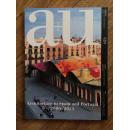
a+u 日文原版14:01(520)Architecture in Spain and Portugal
全新天津
¥ 300.00
-

a+u 日文原版12:10(505)Super Danish – Design from Denmark?
全新天津
¥ 230.00
-

a+u 372【日文 英文】
九品衡水
¥ 81.00
-

a+u 372【日文 英文】
九品衡水
¥ 71.00
-
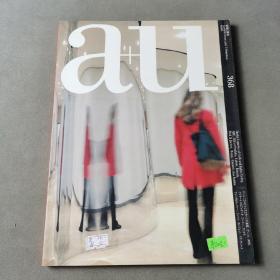
a+u 368【日文版】
九品衡水
¥ 71.00
-
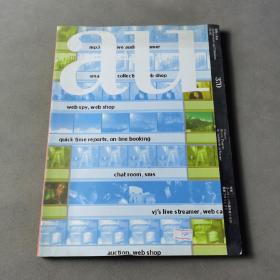
a+u no.370【日文】
九品衡水
¥ 101.00
-
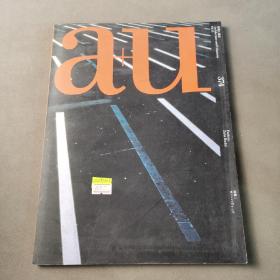
a+u 374【日文版】
九品衡水
¥ 128.00
-

a+u no.370【日文】
九品衡水
¥ 142.00
— 没有更多了 —




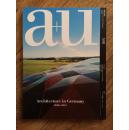





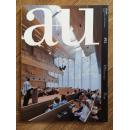








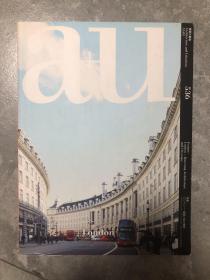





以下为对购买帮助不大的评价